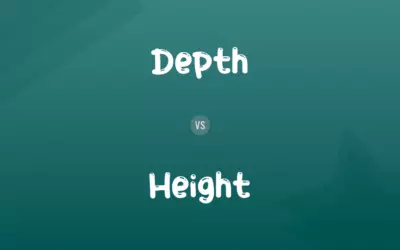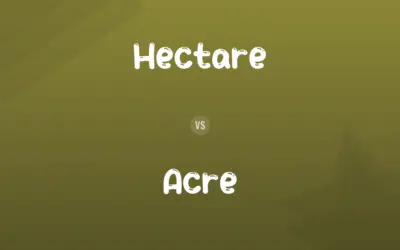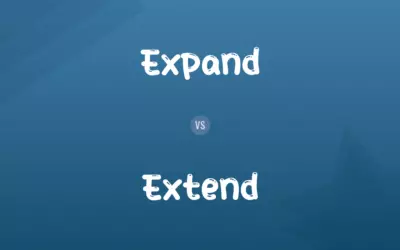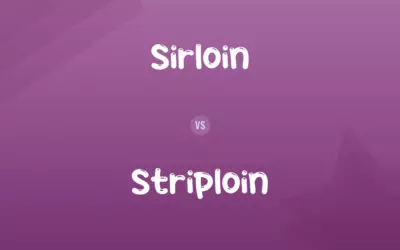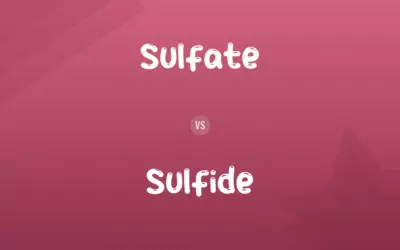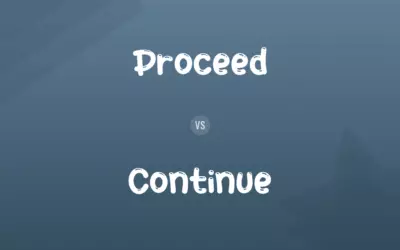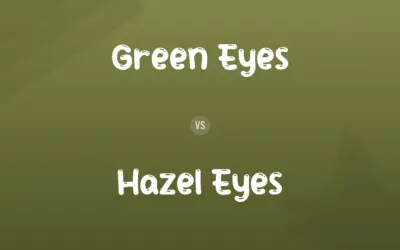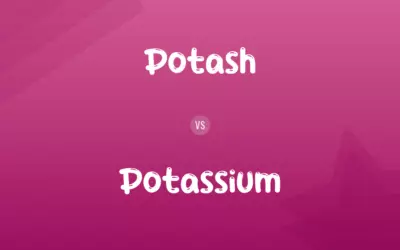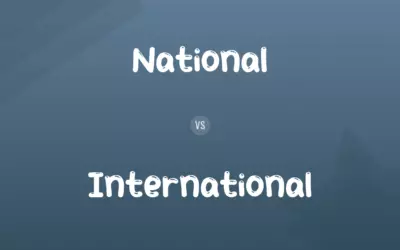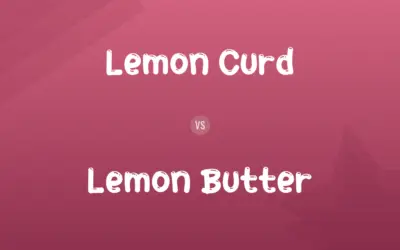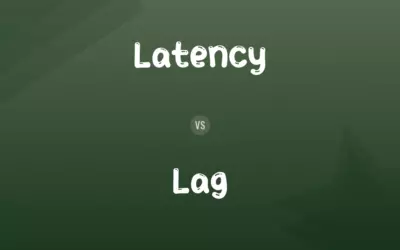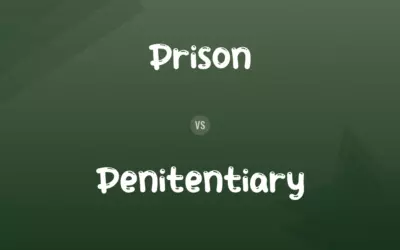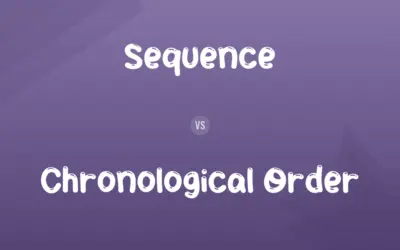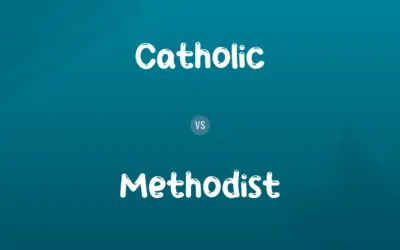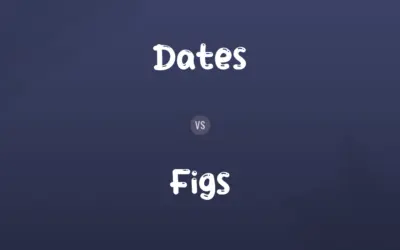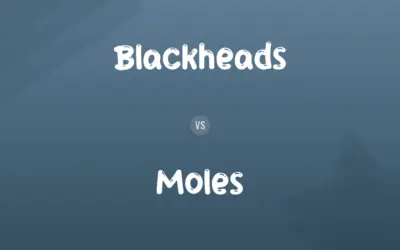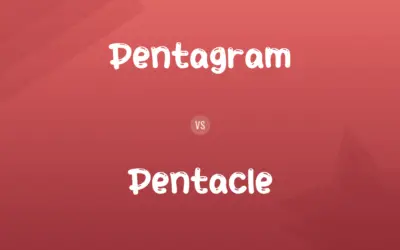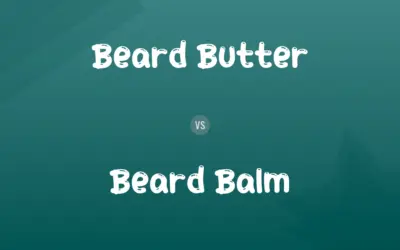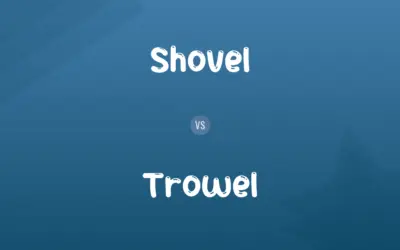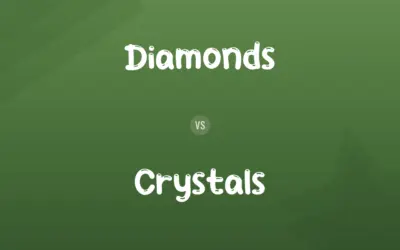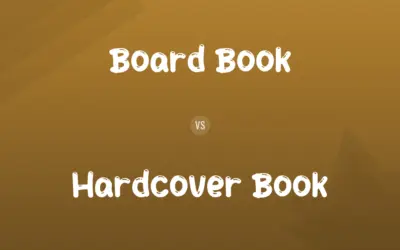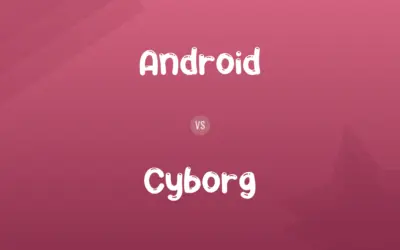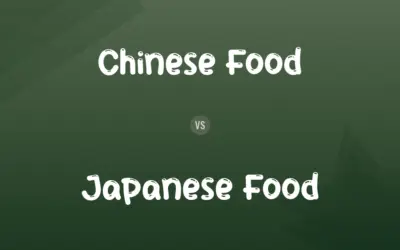Gravure vs. Lithograph: Difference and Comparison
Edited by Muazma Batool — By Muneeza Rehman — Updated on September 21, 2023
Gravure is a printmaking process using engraved or etched cylinders or plates while lithograph uses flat surfaces to print images.
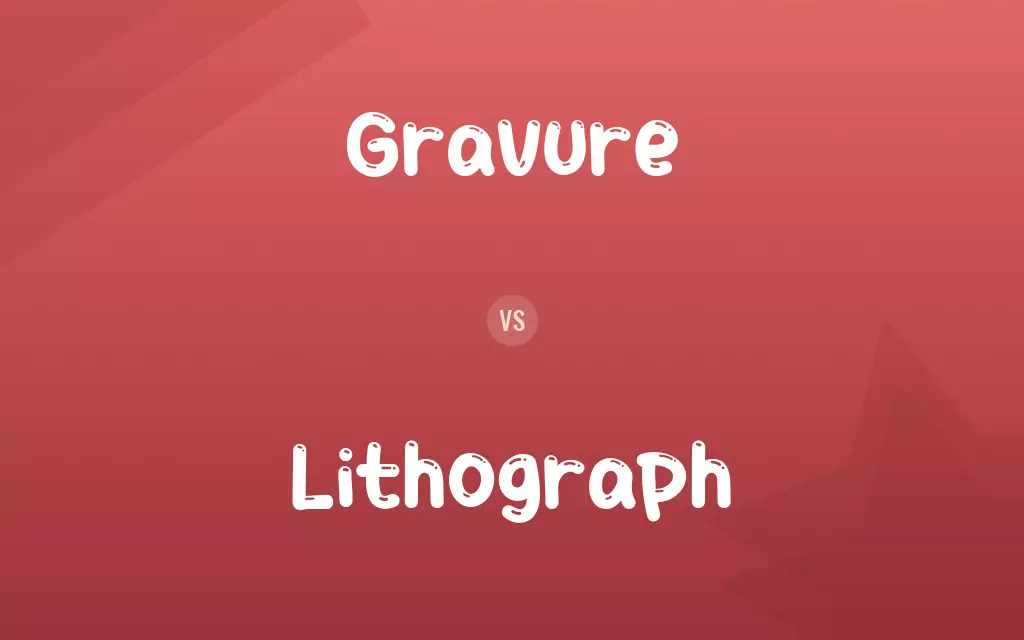
Difference Between Gravure and Lithograph
Gravure, also known as rotogravure, and lithography are both printing methods but employ different processes and are suited for different kinds of projects. Gravure is an intaglio printmaking process where the image to be printed is engraved or etched into a cylinder or plate, which is then inked and pressed onto the printing surface. This method is known for its high-quality image reproduction and is typically used for large-volume printing like magazines and packaging.
Muazma Batool
Sep 21, 2023
Lithography, on the other hand, is based on the principle that water and oil do not mix. It utilizes a flat surface, usually a stone or metal plate, where the image area is treated to attract ink, and the non-image area is treated to repel ink. The inked surface is then pressed onto paper, creating the print. Lithographs are recognized for their sharp and clean images and are ideal for producing posters, maps, books, and fine art prints.
Muneeza Rehman
Sep 21, 2023
Gravure involves a direct transfer of ink from the engraved or etched surface to the paper, resulting in rich and dense color reproduction. It’s capable of producing images with fine details and tonal variations, making it a preferred choice for high-quality photographic reproductions. Lithography, conversely, usually requires a separate printing run for each color, but it allows for easy color corrections and adjustments. It’s prized for its flexibility and versatility in producing varied artworks with multiple colors.
Muazma Batool
Sep 21, 2023
In gravure printing, the initial cost of creating the engraved or etched cylinders or plates is high, but it offers lower cost per unit when printing in large volumes. Lithography usually has lower setup costs and is more economical for short to medium print runs. Both gravure and lithography have their unique advantages and applications, and the choice between the two often depends on the specific requirements of the printing project, such as the quality, quantity, and budget.
Muneeza Rehman
Sep 21, 2023
Gravure vs. Lithograph Comparison Chart
Printing Principle
Intaglio process using engraved or etched surfaces
Planographic process using flat surfaces
Muazma Batool
Sep 21, 2023
Image Quality
High-quality, detailed, and tonal images
Sharp, clean, and versatile images
Muneeza Rehman
Sep 21, 2023
Best Suited for
Large-volume prints like magazines and packaging
Short to medium runs like posters and fine art prints
Muazma Batool
Sep 21, 2023
Cost
High initial cost, lower cost per unit for large volumes
Lower setup cost, economical for varied print runs
Muneeza Rehman
Sep 21, 2023
Color Application
Direct transfer of rich and dense colors
Separate runs for each color, easy color corrections
Leo
Sep 21, 2023
Gravure vs. Lithograph Definitions
◉Gravure
Gravure is a technique where images are etched onto a plate or cylinder.
The artist chose gravure for his artwork to achieve nuanced shades and tones.
Muazma Batool
Sep 21, 2023
◉Lithograph
Lithograph requires separate printing runs for each color but allows easy color corrections.
The lithograph technique allowed the printer to adjust and correct colors efficiently.
William
Sep 21, 2023
◉Gravure
Gravure is a high-quality printmaking process using engraved cylinders or plates.
The gravure process produced detailed and vibrant prints for the magazine.
William
Sep 21, 2023
◉Lithograph
Lithograph is a printing technique using flat surfaces where the image area attracts ink.
The artist used lithograph to create sharp and distinct images for the posters.
Levi
Sep 21, 2023
◉Gravure
Gravure is suitable for large volume print runs due to its cost-effectiveness at scale.
The packaging industry often utilizes gravure for its economic advantages in mass production.
Muneeza Rehman
Sep 21, 2023
◉Lithograph
Lithograph is economical for short to medium print runs due to its lower setup cost.
Small businesses prefer lithograph for cost-effective printing of promotional materials.
Olivia
Sep 21, 2023
◉Gravure
Gravure is known for producing images with fine details and tonal variations.
Art enthusiasts admire gravure prints for their exquisite detail and tonal range.
Levi
Sep 21, 2023
◉Lithograph
Lithograph allows for the production of clean and versatile images on paper.
The lithograph prints showcased varied and vibrant colors, each one a unique piece of art.
Muazma Batool
Sep 21, 2023
◉Gravure
A method of printing with etched plates or cylinders; intaglio printing.
Muneeza Rehman
May 03, 2023
◉Lithograph
Lithograph is ideal for producing artworks, books, maps, and posters.
Many artists choose lithograph for its flexibility in creating diverse and multifaceted artworks.
Jonathan
Sep 21, 2023
◉Gravure
A type of intaglio printing process, in which an image is engraved onto a rotating copper cylinder.
Muneeza Rehman
May 03, 2023
◉Lithograph
To trace on stone by the process of lithography so as to transfer the design to paper by printing; as, to lithograph a design; to lithograph a painting. See lithography.
Muneeza Rehman
May 03, 2023
◉Gravure
a printing process that uses an etched or engraved plate; the plate is smeared with ink and wiped clean, then the ink left in the recesses makes the print
Muneeza Rehman
May 03, 2023
◉Lithograph
duplicator that prints by lithography; a flat surface (of stone or metal) is treated to absorb or repel ink in the desired pattern
Muneeza Rehman
May 03, 2023
◉Gravure
Gravure allows for the direct transfer of ink, rendering rich colors and details.
The gravure prints displayed deep and saturated colors, highlighting every detail of the photographs.
Nolan
Sep 21, 2023
Gravure vs. Lithograph Frequently Asked Questions
Why is gravure cost-effective for large volumes?
Gravure has a high initial cost but offers lower cost per unit for large volumes, making it economical for mass production.
Henry
Sep 21, 2023
How does lithograph work?
Lithograph is a printing process using flat surfaces, where the image area is treated to attract ink and the non-image area to repel ink, ideal for versatile and sharp images.
Muazma Batool
Sep 21, 2023
What is gravure?
Gravure is a printmaking method using engraved or etched cylinders or plates for high-quality and large-volume prints.
Muneeza Rehman
Sep 21, 2023
Can lithograph print multiple colors easily?
Lithograph requires separate runs for each color but provides flexibility for easy color corrections and adjustments.
Nolan
Sep 21, 2023
Is gravure suitable for fine art prints?
Gravure is suitable for fine art prints due to its ability to reproduce detailed and tonal images with high quality.
Muneeza Rehman
Sep 21, 2023
How does gravure achieve rich color reproduction?
Gravure allows for the direct transfer of ink from the engraved or etched surface, achieving rich and dense color reproduction.
Nolan
Sep 21, 2023
Why choose gravure for printing magazines?
Gravure is chosen for magazines due to its high-quality image reproduction and cost-effectiveness in large-volume printing.
Olivia
Sep 21, 2023
Can lithograph produce high-quality images?
Lithograph can produce sharp and clean images, making it suitable for a variety of high-quality prints like fine art and posters.
Muazma Batool
Sep 21, 2023
Is lithograph economical for short print runs?
Lithograph has lower setup costs, making it economical for short to medium print runs and varied artworks.
Levi
Sep 21, 2023
Why is lithograph preferred for printing posters?
Lithograph is preferred for posters due to its ability to produce sharp, clean, and versatile images economically.
Muneeza Rehman
Sep 21, 2023
Content Creators
Written by
Muneeza RehmanAt Comparisons.wiki, Muneeza skillfully navigates the vast sea of information, ensuring clarity and accuracy as the lead content editor. With a keen eye for detail, she curates every comparison to enlighten and engage readers.
Edited by
Muazma BatoolAs a content editor, Muazma Batool is not just a grammar guru but a creative mastermind who breathes life into every word. With an eagle eye for detail and a passion for storytelling, she transforms bland text into engaging content that captivates audiences and drives results.


